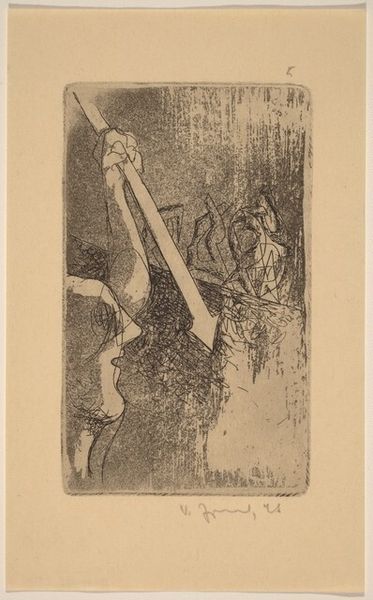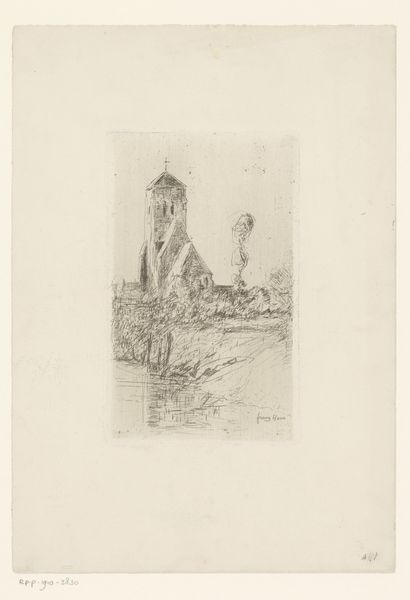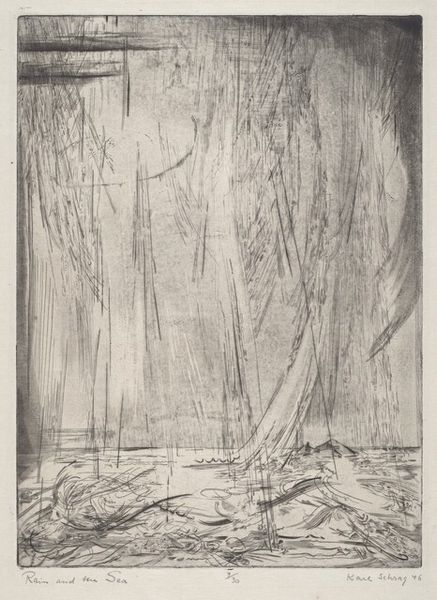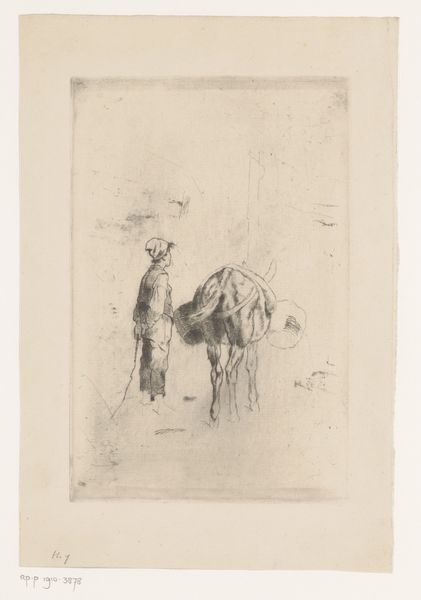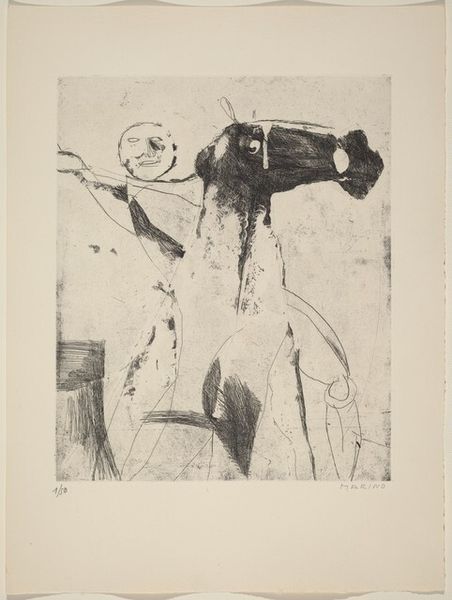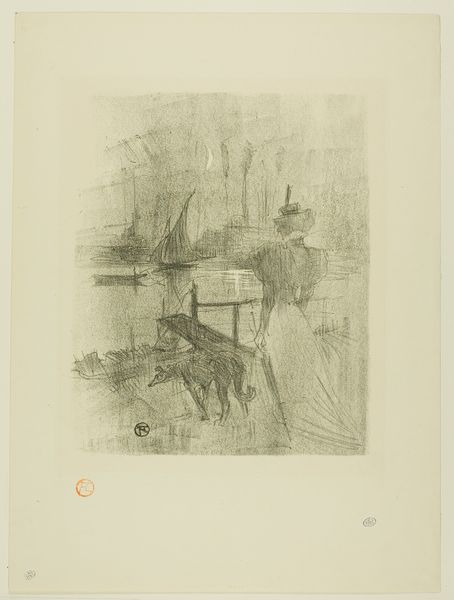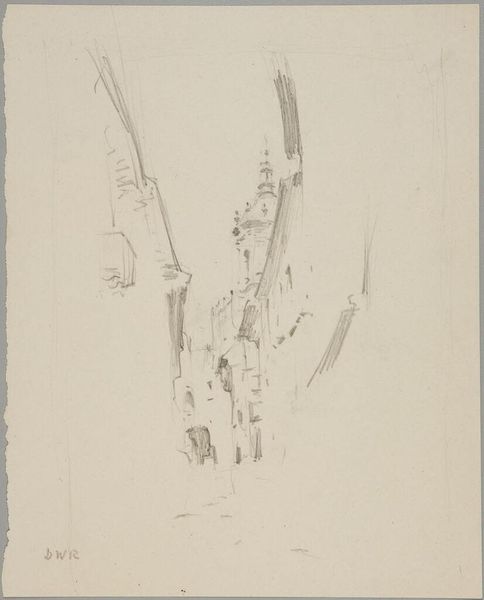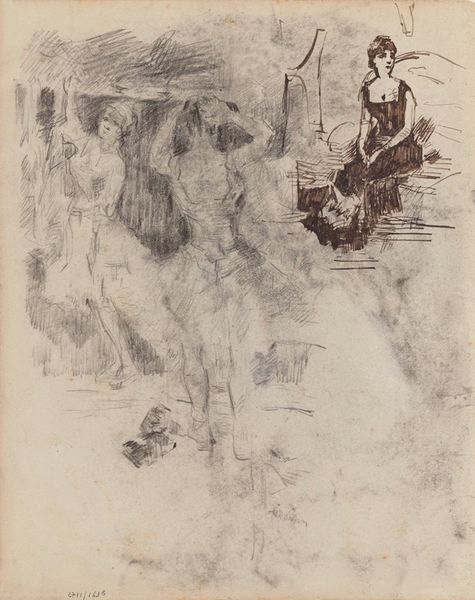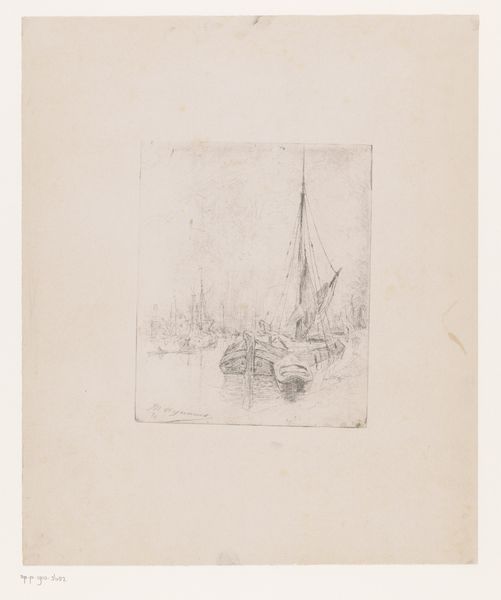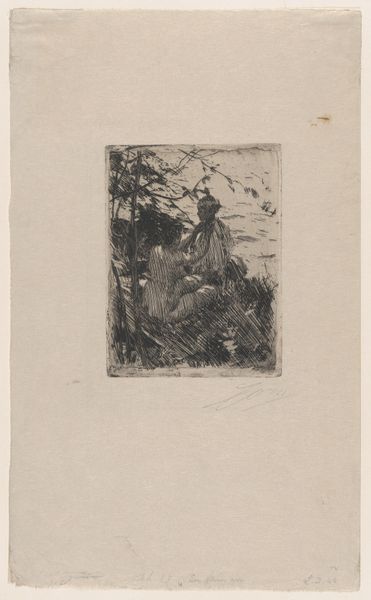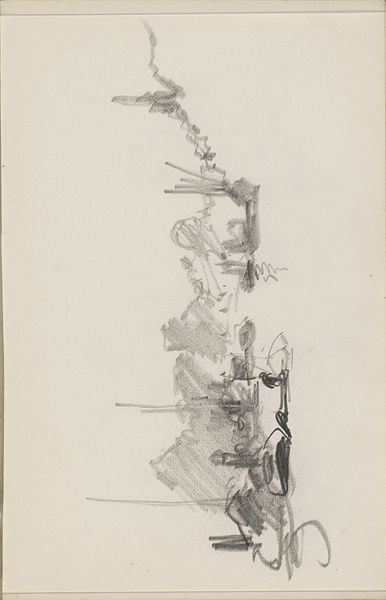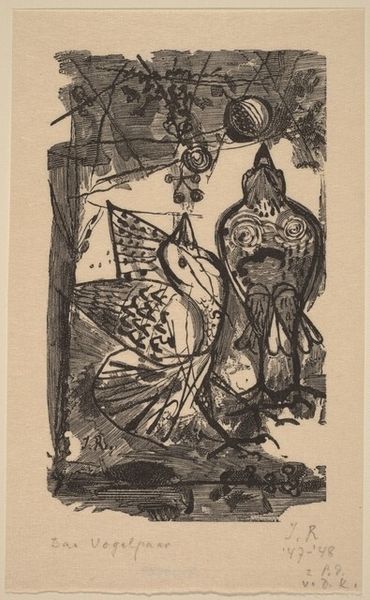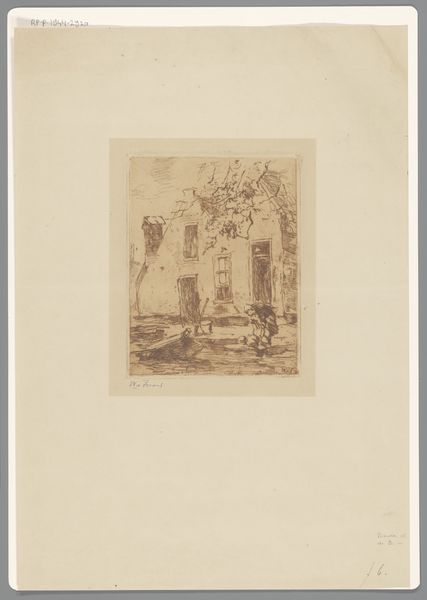
print, etching
# print
#
etching
#
landscape
#
figuration
#
line
#
realism
Dimensions: 7 15/16 x 4 15/16 in. (20.16 x 12.54 cm) (plate)13 3/4 x 9 15/16 in. (34.93 x 25.24 cm) (sheet)
Copyright: No Copyright - United States
Editor: This is "A Glassy Sea," an etching made by Philip Little in 1916. It depicts three sailing boats on calm water. I'm struck by the stillness of it, the near-perfect reflections creating this mirrored effect. What do you see in this piece? Curator: I see more than just boats on the water. Little made this etching during World War One. Think about the historical context: maritime travel was essential for trade and, more grimly, for war. This image, showing almost frozen stillness, contrasts sharply with the wartime reality of constant movement and often violent naval activity. Does the title, "A Glassy Sea", hint at a fragile peace, easily shattered like glass? Editor: That's a really interesting point, I hadn't considered that. So you are suggesting it’s a commentary on the war, but almost in disguise? Curator: Precisely. Art often responds indirectly to socio-political turmoil. While some artists directly portrayed battle scenes, others, like Little, offered more nuanced reflections. Notice how the detail fades toward the top. The line work becomes less defined as the boats and masts go higher and become shrouded in smoke and the mist from the ocean.. Perhaps this blurring suggests an uncertain future? And why are these sailboats, seemingly idle? Are they waiting, or simply at peace? What statement does Philip Little want to give? Editor: The ambiguity really adds to the emotional weight. I can see how knowing the historical context deepens the interpretation so much. Curator: And understanding the history of printmaking itself matters. Etching, as a repeatable medium, allowed wider distribution of images, shaping public perception and discourse. Editor: So, it’s not just about the aesthetic qualities but also the work's role in broader social narratives and shaping the audience who interacts with it. Thanks that helps open my eye beyond face value!
Comments
No comments
Be the first to comment and join the conversation on the ultimate creative platform.
